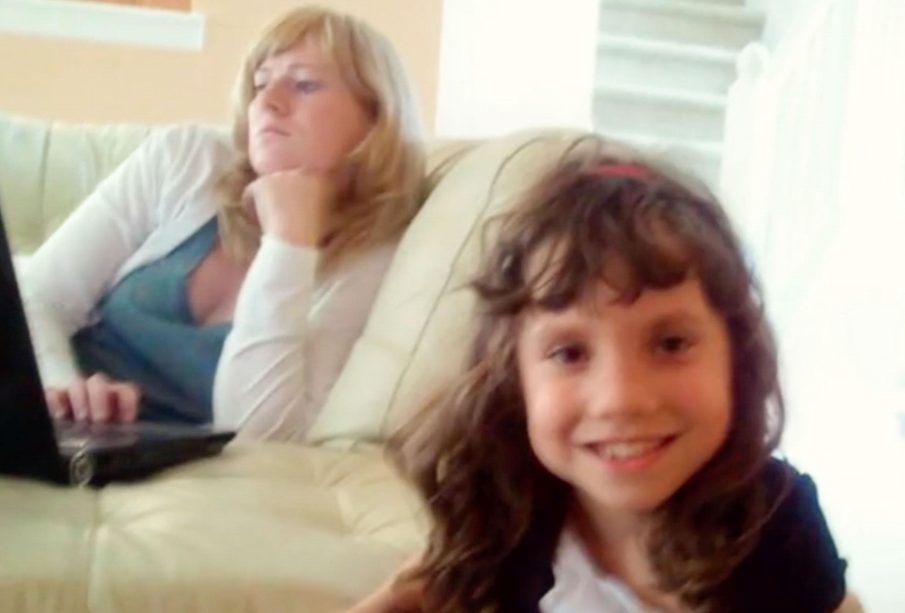The Natalia Grace Adoption Controversy Explained

Introduction to the Natalia Grace Case
The story of Natalia Grace has captivated public attention since it emerged in media reports, primarily due to the complex nature of her adoption and the controversies surrounding her age. This case has sparked discussions about ethics in adoption and the responsibilities of adoptive parents. It highlights the complexities involved in international adoptions and the potential hazards of misinformation.
The Background of Natalia Grace
Natalia Grace, originally from Ukraine, was adopted by American couple Michael and Kristine Barnett in 2010 when they believed she was a six-year-old girl with dwarfism. The couple’s story took an unexpected turn when they alleged that Natalia had a hidden agenda and was actually much older than she claimed. They stated that they faced alarming behavior from Natalia and even filed for a legal name change and a change in her age, asserting that she was really a 22-year-old adult.
The Barnetts’ claims ignited numerous media reports, including features in various television series and news outlets. The public has been polarized, with varying opinions on the truth regarding Natalia’s real age, mental state, and the allegations made by her adoptive parents.
Legal Proceedings and Investigations
Following the Barnetts’ decision to move to Canada and leaving Natalia at a rented apartment in Lafayette, Indiana, legal authorities became involved. Kristine and Michael were charged with neglect for their actions, leading to further investigations into the circumstances surrounding their adoption and Natalia’s wellbeing. The case has become emblematic of the challenges faced in interpreting traumatic pasts of adopted children, especially those with special needs.
Community and Social Impact
The Natalia Grace case has brought awareness to the concerns regarding international adoptions and post-adoption challenges. It has initiated discussions around adopting children with disabilities, and the need for thorough vetting processes to understand the histories and needs of these children. Social media platforms also played a significant role in spreading information, exacerbating the controversy and impacting public opinion.
Conclusion and Future Implications
The Natalia Grace story continues to unfold, leaving many unresolved questions surrounding her true age, experiences, and future. While the legal battles carry on, stakeholders in the adoption community are left to reflect on how to improve structures and guidelines that protect vulnerable children during the adoption process. Whether Natalia’s tale acts as a cautionary lesson or inspires reform in adoption practices remains to be seen, but it undeniably emphasizes the importance of thorough investigations and empathy when dealing with such sensitive matters.









